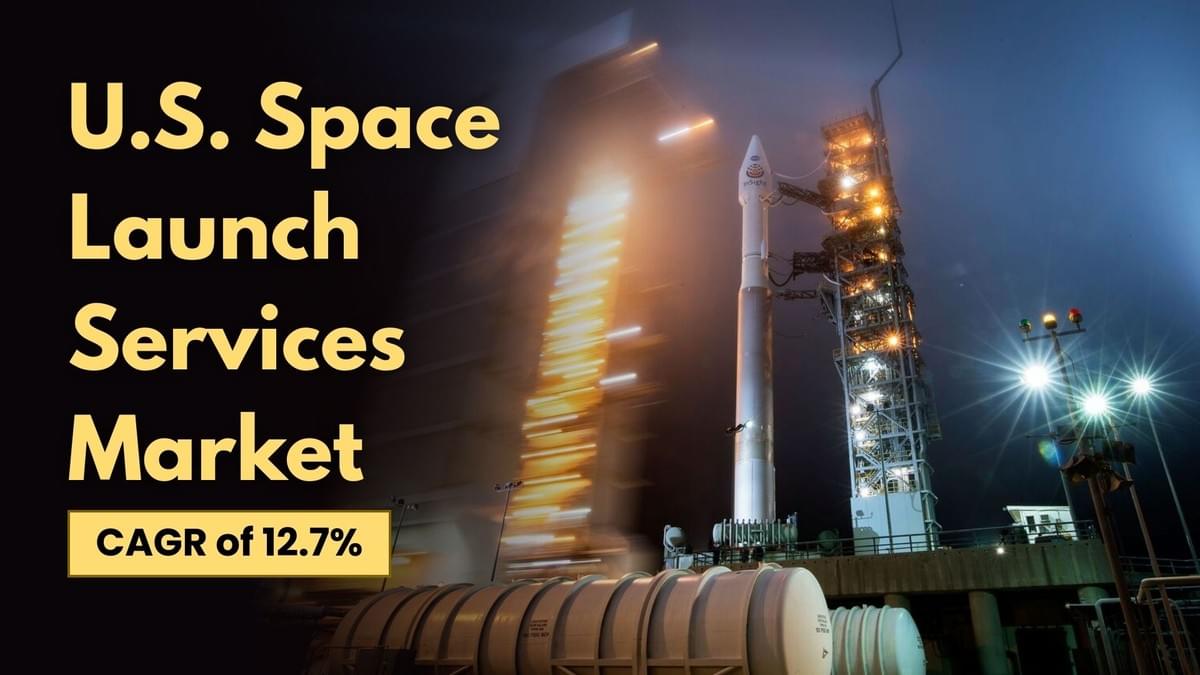The U.S. space launch services market is entering an exciting growth phase, with projections showing a CAGR of 12.7% from 2023 to 2030. Fueled by government funding, private-sector investments, and rapid advances in launch vehicle technologies, the industry is becoming one of the most dynamic sectors in aerospace. From small satellite rideshares to reusable rocket systems, the U.S. is firmly positioning itself as a global leader in space launch innovation.
Market Drivers
Rise in Small Satellite Launches
The surge in small satellite deployments—for communication, defense, and Earth observation—has been a major growth catalyst. Traditionally launched as secondary payloads, these satellites are increasingly benefiting from dedicated small launch vehicles such as Rocket Lab’s Electron.
- SpaceX Transporter-1 (January 2021): Carried 143 spacecraft in a single record-breaking mission.
- Transporter-2 (June 2021): Launched 85 payloads, expanding affordable rideshare opportunities.
By offering customized orbits and greater flexibility, small satellite launches are reshaping the economics of U.S. space services.

Drone Ships Transforming Recovery
Another breakthrough has been the deployment of Autonomous Spaceport Drone Ships (ASDS) by SpaceX. These ocean-going barges, fitted with landing platforms and autonomous navigation systems, allow rockets to land at sea when fuel reserves are insufficient for a return to land.
This innovation has dramatically boosted reusability, cutting launch costs and making sustainable missions a reality.
Market Challenges
High Cost of Launch Infrastructure
Despite technological strides, the sector faces a significant hurdle: capital-intensive investments. Space launch services require massive funding for:
- Launch pad construction and maintenance
- Payload integration systems
- Supporting infrastructure
With costs ranging from USD 1 million to over USD 100 million per launch, new entrants face tough barriers to entry, and even established players are pressured to balance profitability with innovation.
Information Source:
https://www.fortunebusinessinsights.com/u-s-space-launch-services-market-107568
Key Players
The competitive U.S. market features a mix of private space companies, defense contractors, and government programs. Notable participants include:
- SpaceX (U.S.)
- Blue Origin Enterprises, L.P. (U.S.)
- United Launch Alliance (U.S.)
- Lockheed Martin Corporation (U.S.)
- Northrop Grumman Systems Corporation (U.S.)
- NASA (U.S.) – via its Launch Services Program (LSP)
International firms like ArianeGroup (France), Antrix Corporation (India), and Mitsubishi Heavy Industries (Japan) also play supporting roles, often through collaborative projects.
Industry Developments
The sector has been buzzing with activity, underscoring the pace of innovation:
- November 2022: Rocket Lab secured a USD 14 million contract for satellite separation systems.
- August 2022: NASA awarded SpaceX five more astronaut missions worth USD 1.4 billion under the Commercial Crew Program.
- September 2021: Rocket Lab USA received USD 24.35 million to develop the upper stage of the Neutron rocket, funded by the U.S. Space Force.
These developments highlight the growing reliance on private players, as NASA and the U.S. military partner with companies to accelerate space access.
No responses yet